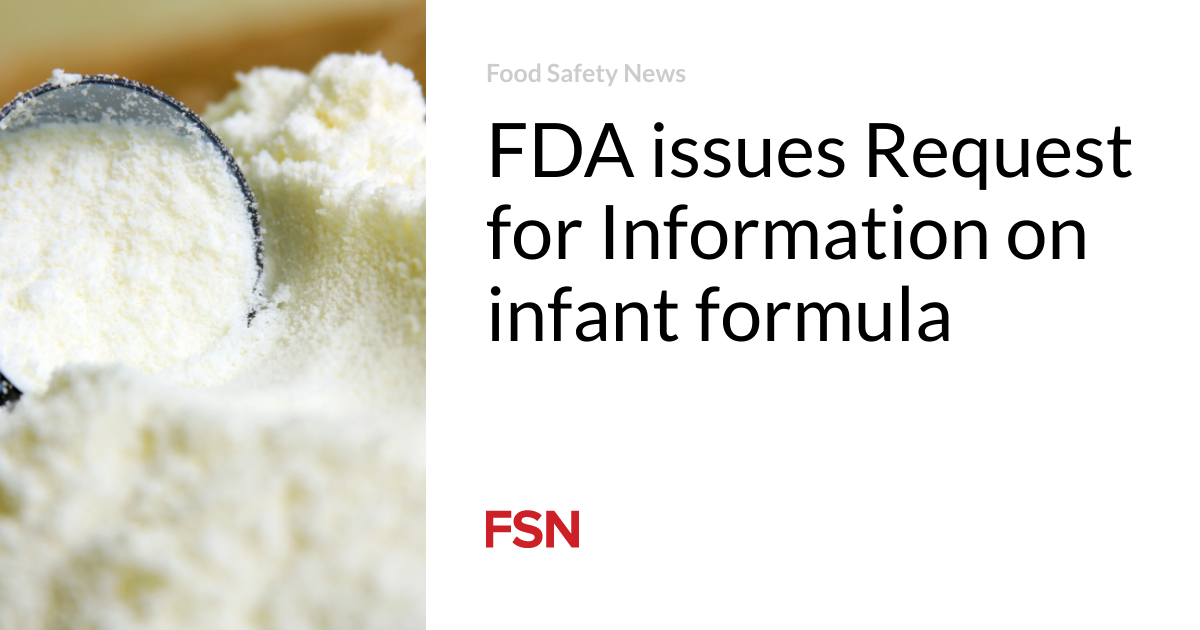Summary
As national lawmakers debate significant cuts to Medicaid and SNAP, local food pantries are bracing for the potential impact.
Source: WTTE FOX28

AI News Q&A (Free Content)
Q1: What is the significance of the Supplemental Nutrition Assistance Program (SNAP) in supporting nutrition for low-income households in Ohio and the U.S.?
A1: SNAP, administered by the USDA’s Food and Nutrition Service, is the largest federal nutrition assistance program, helping low- and no-income individuals maintain adequate nutrition and health. In 2018, it supported roughly 40 million Americans, including 16.7% of all children, by providing monthly benefits via electronic benefit transfer (EBT) cards. SNAP plays a crucial role in the social safety net, particularly during periods of economic downturn, such as the Great Recession, when both participation and costs surged. In Ohio, as in other states, SNAP is vital for reducing food insecurity among vulnerable populations.
Q2: How might proposed cuts to SNAP impact local food pantries and the nutrition of their clients in Ohio?
A2: Proposed SNAP cuts could significantly increase demand on local food pantries, as more households may lose or see reductions in their SNAP benefits. This would likely lead to heightened food insecurity, as pantries may struggle to meet increased demand without additional resources. Nutrition quality could decline if pantries are unable to provide enough variety or quantity of healthy foods to supplement what clients lose from SNAP, raising concerns about adequate dietary intake for vulnerable populations.
Q3: What recent findings exist regarding the relationship between health care expenses and SNAP participation among low-income households?
A3: A 2018 study found that increases in out-of-pocket medical expenses made low-income households more likely to participate in SNAP. However, households with sufficient precautionary savings (enough for at least six months of expenses) were less likely to rely on SNAP, even if they faced higher medical costs. This highlights the interplay between financial stability, unexpected expenses, and the need for nutrition assistance programs.
Q4: What regulatory guidelines exist for nutrition assistance programs like SNAP to ensure balanced nutrition for different demographic groups?
A4: SNAP benefits are regulated by the USDA, which sets guidelines to ensure access to a variety of foods, including fruits, vegetables, whole grains, dairy, and protein. The USDA regularly updates these guidelines to reflect current dietary recommendations, aiming to support balanced nutrition for participants of all ages and demographics. States are responsible for distributing benefits and ensuring that eligible households can use them at authorized retailers, including supermarkets and some farmers' markets.
Q5: How does public opinion and media sentiment toward SNAP influence policy and program changes, particularly in the Midwest?
A5: A scholarly analysis revealed that news coverage of SNAP tends to have a negative sentiment, with more polarized views in partisan media. In regions like the Midwest, negative reporting often clusters, potentially influencing public perception and, consequently, the political willingness to maintain or expand SNAP. This sentiment can affect legislative debates and decisions on funding, eligibility, and benefit levels.
Q6: What are the potential nutritional implications for children if SNAP benefits are reduced or restricted?
A6: Children in households relying on SNAP are at greater risk of food insecurity if benefits are cut. Loss of SNAP support can lead to reduced access to healthy foods, which is particularly concerning for child development and long-term health outcomes. According to federal data, around 16.7% of all U.S. children live in households receiving SNAP, underscoring the importance of the program in safeguarding child nutrition.
Q7: How do local food pantries attempt to manage increased demand and maintain nutritional quality when SNAP benefits are reduced?
A7: Local food pantries often rely on community donations, partnerships with food banks, and government support to stock nutritious foods. When SNAP benefits are cut, pantries may implement rationing, prioritize families with the greatest need, and seek additional funding or resources. However, maintaining adequate variety and nutritional quality becomes increasingly challenging as demand grows, especially for fresh produce and protein-rich items.
References:
- Supplemental Nutrition Assistance Program - https://en.wikipedia.org/wiki/Supplemental_Nutrition_Assistance_Program





